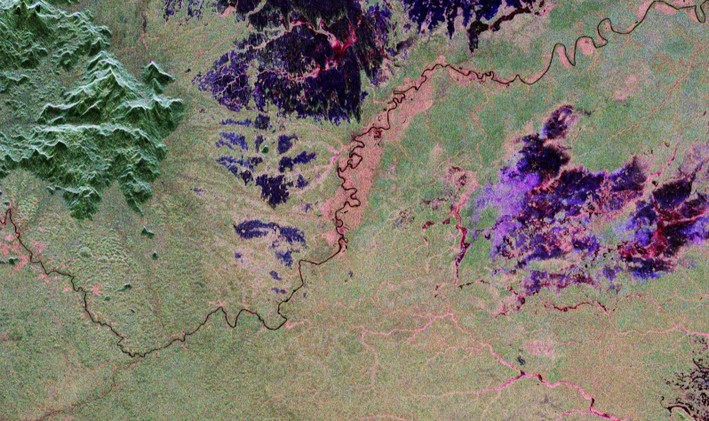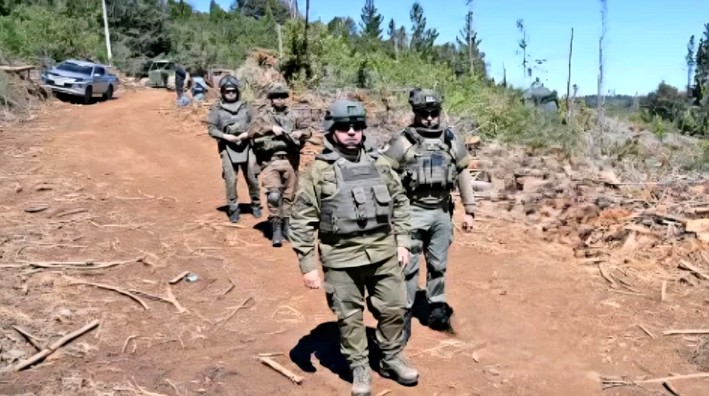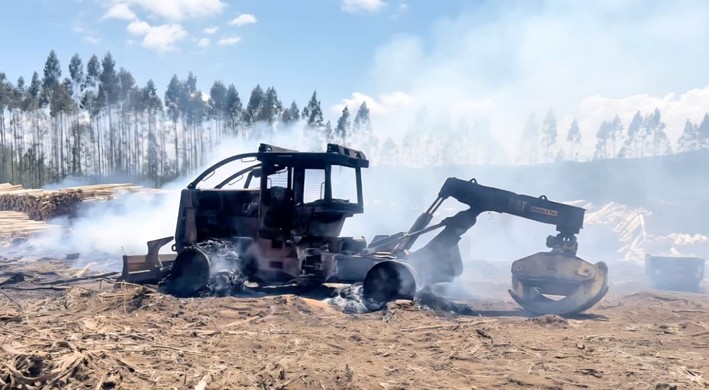Biomass Satellite Reveals Its First Images: A New Step in Understanding Carbon in Forests
The European Space Agency (ESA) unveiled the first images captured by the Biomass satellite, a pioneering mission designed to measure the amount of carbon stored in the planet's forests. The presentation took place during the Living Planet Symposium in Vienna and marks a major milestone in global efforts to understand the impact of climate change on ecosystems.
Just two months after its launch, Biomass is already delivering promising results, despite still being in the calibration phase. The satellite features a P-band synthetic aperture radar, a unique technology capable of penetrating the forest canopy and detecting woody biomass—trunks, branches, and stems—vital information for more accurately calculating the carbon reserves contained in the world's forests.
"We expect this new mission to represent a revolutionary advance in our ability to understand Earth's forests," said Simonetta Cheli, Director of Earth Observation Programs at ESA, highlighting the crucial role of forests in the carbon cycle and the fight against climate change.
Portraits of a Changing Planet
The first images released by Biomass are not only scientifically valuable but also visually striking. One of the most notable corresponds to the Beni River in Bolivia, where the advance of deforestation in the heart of the Amazon basin is visible. In the image, green tones represent tropical rainforest; reds, floodplains and wetlands; blues, grasslands; and black areas, bodies of water.
Another impressive image shows the forests of Halmahera in Indonesia, where the satellite's radar can distinguish not only dense vegetation but also the region's volcanic topography. Mount Gamkonora, an active volcano, is clearly visible, demonstrating the system's ability to penetrate vegetation and reveal terrain structures.
A Five-Year Mission
The Biomass mission is designed to operate for five years, providing continuous global coverage of the planet's forests. The data obtained is expected to be key in developing more accurate climate models, driving conservation policies, and improving carbon monitoring systems.
As the calibration and data validation phase progresses, scientists will be able to begin using the collected information to rigorously quantify forest biomass and assess in greater detail the role natural ecosystems play in mitigating climate change.
ESA, along with a global network of researchers, continues to bet on scientific and technological innovation to address the environmental challenges of the 21st century. With Biomass, our understanding of the planet takes a new step toward a deeper and more precise comprehension of forests as climate regulators and guardians of terrestrial carbon.

















